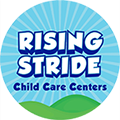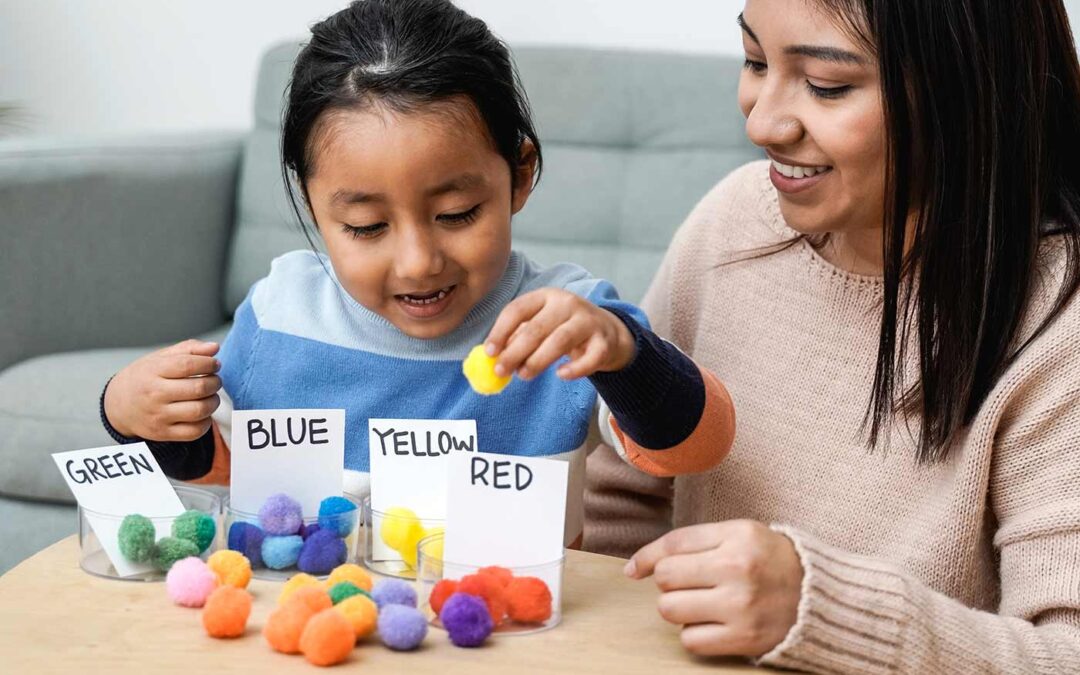One of the many lessons that toddlers will be introduced to while attending preschool is their colors. This is a lesson that we will cover and practice quite a bit in the classroom, but it never hurts to also practice colors with your preschooler while they’re at home. If you’re looking for fun, engaging ways for your child to get even more familiar with their colors. Shapes and colors are an important part of early childhood education. When your child strives to identify and separate blue blocks from yellow ones, she’s learning more than curves, corners, and colors. She’s making new sense of the world and developing the ability to communicate it to you.
Coloring
A fantastic way to help your child develop a stronger understanding of colors is by having them color. This is how many preschools will introduce colors to children. Start by providing them with a few colors to use as they go about filling in the lines of the picture they’ve been handed. When you hand them a crayon or marker, say the name of the color so that they start to develop an understanding of which name is associated with each color.
Sorting
If your little one has started to gain a better understanding of the names of colors, test them asking them to sort various items that are colored. If you have wooden blocks that come in a variety of colors, ask them to make piles of red, blue, green, and yellow blocks. As they learn more colors, add more colors to the mix for them to sort. This is a great opportunity to correct any confusion they may have regarding particular colors and their associated names.
Matching
In the case that your child isn’t quite up to sorting out various colors, take a step back and start with matching colors. Hand your little one an item, say a red ball, and ask them to pick out another red toy out of their toy box. This helps build the same understanding as sorting, but on a more simplistic scale. Once they’re comfortable with this, try going back to sorting and see if this activity helped them build the skills needed to sort colors out.
Mixing
If your kiddo has figured out the basic colors, but they’re struggling to understand how two colors can create a new color, mixing is a great way to practice this. Get a couple of different colors of finger paint and let them do the mixing. If you want to avoid paint or you’re looking for an activity that’s out of the box, shaving cream with some food coloring is another great option! Your little one will understand mixing in no time!
Beyond Shapes And Colors
It’s a simple truth that learning shapes and colors is fundamental for more advanced learning. What makes objects the same and different is a basic of logic. Pattern recognition, a strong foundation for mathematical concepts, requires the ability to quickly recognize shapes. Being able to trace or draw shapes is a skill that must be mastered in order to write letters and numbers.
There’s nothing like the sight of a child lighting up as she learns a new concept. Every child is born with the curiosity and skills to master the basics, but you can help them along by providing a rich environment and loving play.

